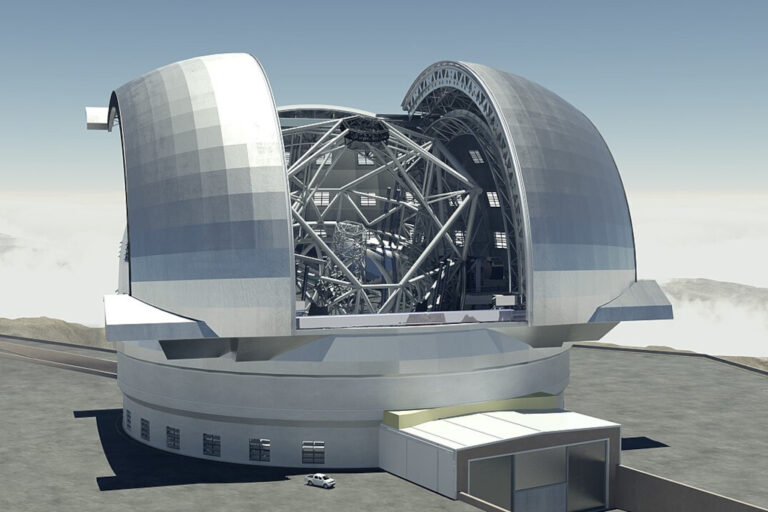It’s hard to wrap your head around: the Sun is nearly 93 million miles away, a churning ball of fire we can’t ever touch or sample directly. And yet, scientists not only know what it’s made of — they’ve known for over a century.
This isn’t science fiction. It’s the power of curiosity + clever observation — and a bit of rainbow science called spectroscopy.
The mystery: what is the Sun made of?
Imagine you’re in the 1800s. Telescopes are decent, but no one can visit the Sun. So how on Earth could anyone tell what it’s made from?
The shocking truth? Light held the answer all along.
When sunlight passes through a prism, it splits into a rainbow, red to violet. But if you look closer (scientists did), you’ll notice tiny dark lines slashed across that rainbow. These aren’t just pretty flaws — they’re chemical fingerprints.
The breakthrough: decoding the rainbow
In the 1860s, German scientists Gustav Kirchhoff and Robert Bunsen made a mind-blowing discovery. Each chemical element – hydrogen, helium, iron, etc. – absorbs light at specific wavelengths, creating unique dark lines in the spectrum. It’s like a bar code.
So if you see those same lines in sunlight? That element must be there.
This sparked a revolution. By comparing the Sun’s spectral lines to controlled lab experiments on Earth, scientists started identifying solar ingredients — no spaceship needed.
The Sun’s recipe: mostly hydrogen, a dash of helium
Turns out, the Sun is mostly made of extremely light gases:
- Hydrogen – about 73%
- Helium – around 25%
- Everything else – only ~2%, including oxygen, carbon, neon, and iron
That blew early scientists’ minds. Many had assumed the Sun, like Earth, would be rich in elements like oxygen and iron. But nope — it’s a completely different beast, driven by hydrogen fusion at its core.
Fast forward: better models, better answers
Today, scientists don’t just look at lines. They use 3D models of the Sun’s atmosphere, ones that account for convective motion (hot gases swirling up and down) and weird physics like non-local thermodynamic equilibrium.
In normal English, the Sun’s atmosphere is wild, and interpreting its light requires serious physics and supercomputers.
Thanks to this, elemental abundance estimates are more accurate than ever before. But even so—just to be sure—astronomers cross-check everything.
Enter: Space rocks
Meteorites — especially ancient ones that haven’t melted — are leftovers from the early Solar System. Scientists measure their composition to get a rough idea of the cloud of elements that formed the Sun and planets 4.6 billion years ago.
Kind of like checking the dough to learn what went into the cookies. This technique helps verify that what we see in the Sun’s spectrum isn’t just a trick of light, but a real reflection of cosmic chemistry.
So what’s the big takeaway?
The Sun speaks in light, and scientists learned to listen.
Spectroscopy turned starlight into a science — not just for our Sun, but for galaxies light-years away. The same technique used in the 19th century to discover elements on the Sun is now used to study exoplanet atmospheres and distant nebulae.
That rainbow? It’s not just pretty. It’s a cosmic language — and we’ve only just begun translating it.
Next time sunlight beams through your window, remember: it’s more than warmth. It’s data from a nuclear furnace in space — and humans have cracked its code without ever getting burned.




Leave a Comment